- myFICO® Forums
- FICO Scoring and Other Credit Topics
- Understanding FICO® Scoring
- Re: How does utilization affect scores, overall or...
- Subscribe to RSS Feed
- Mark Topic as New
- Mark Topic as Read
- Float this Topic for Current User
- Bookmark
- Subscribe
- Mute
- Printer Friendly Page
How does utilization affect scores, overall or per card?
Is your credit card giving you the perks you want?
Browse credit cards from a variety of issuers to see if there's a better card for you.
- Mark as New
- Bookmark
- Subscribe
- Mute
- Subscribe to RSS Feed
- Permalink
- Report Inappropriate Content
How does utilization affect scores, overall or per card?
Basically, does having a couple cards near limit but the rest near zero look the same as if the debt were more spread out but the same overall amount of utilization?
- Mark as New
- Bookmark
- Subscribe
- Mute
- Subscribe to RSS Feed
- Permalink
- Report Inappropriate Content
Re: How does utilization affect scores, overall or per card?
@Anonymous wrote:
I have 5 cards as of now close to their limit. I have the money to pay several all down to zero, leaving two maxed, or I can simply knock all of them down. From a financial standpoint, ridding myself of multiple monthly payments will free up income to pay down the balances over time of the two I don't pay off quicker, but my question is how does that affect my credit differently? I'm trying to get my car refinanced so whatever looks more favorable to lenders is important as well.
Basically, does having a couple cards near limit but the rest near zero look the same as if the debt were more spread out but the same overall amount of utilization?
People more knowledgeable than I will likely have better answers, but from what I can tell looking at my own credit reports, it looks as if they mainly look at the overall utilization (which, as you know, ideally should be 10% or less - the figure I usually see cited is 8.9% - for the best effects on your scores, though one can generally get up to 30% (more precisely 28.9%) utilization overall without risking negative repercussions on the score). That being said, I know some services do report utilizations on individual cards as well as the overall utilization.
EDIT: Per the OP in this thread: https://ficoforums.myfico.com/t5/Understanding-FICO-Scoring/AZEO-at-lt-8-9-vs-lt-28-9/td-p/5226088 , there's a fair body of evidence that you can get up to 28.9% utilization on at least one individual card without penalty to your scores as long as your overall utilization stays under the ideal 8.9% mark.
- Mark as New
- Bookmark
- Subscribe
- Mute
- Subscribe to RSS Feed
- Permalink
- Report Inappropriate Content
Re: How does utilization affect scores, overall or per card?
@Anonymous wrote:
Basically, does having a couple cards near limit but the rest near zero look the same as if the debt were more spread out but the same overall amount of utilization?
The quick answer is no. It would not be the same. FICO would punish you harshly for having credit cards that are close to being maxxed out.
(1) Your first priority should be getting all cards at < 87% (I am assuming you will have to be a few percent in interest as well).
(2) Next priority (if the score is your chief concern) is getting all cards at < 67%.
(3) After that it would be all cards at < 48%.
(4) After that creating as many $0 balances as you can.
PS. Nice response by Joel.
PPS. Some people would argue that #3 and #4 could be switched.
- Mark as New
- Bookmark
- Subscribe
- Mute
- Subscribe to RSS Feed
- Permalink
- Report Inappropriate Content
Re: How does utilization affect scores, overall or per card?
@Anonymous wrote:
I have 5 cards as of now close to their limit. I have the money to pay several all down to zero, leaving two maxed, or I can simply knock all of them down. From a financial standpoint, ridding myself of multiple monthly payments will free up income to pay down the balances over time of the two I don't pay off quicker, but my question is how does that affect my credit differently? I'm trying to get my car refinanced so whatever looks more favorable to lenders is important as well.
Basically, does having a couple cards near limit but the rest near zero look the same as if the debt were more spread out but the same overall amount of utilization?
No it does not. You are severely penalized for having even a single account that has high utilization. First I would try to get all accounts down to 28% or less, then I would start trying to zero out as many as possible.

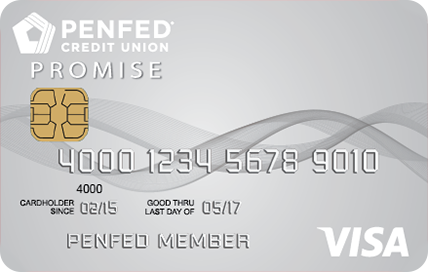

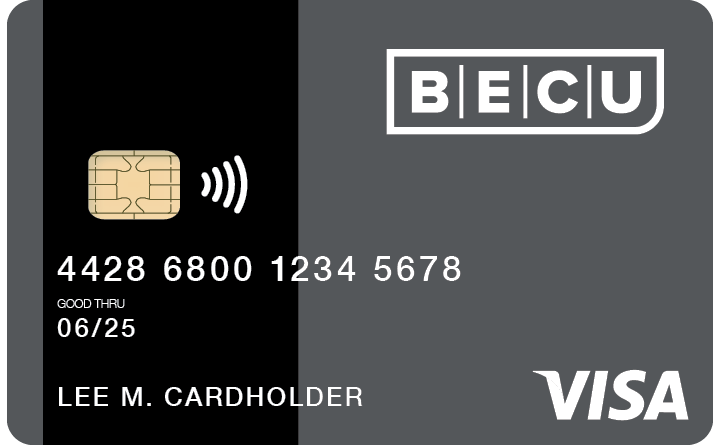
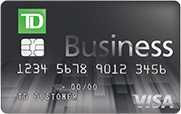

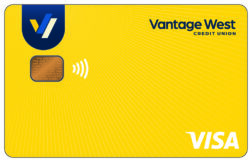
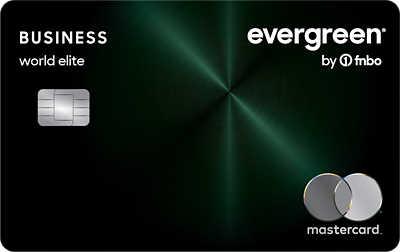



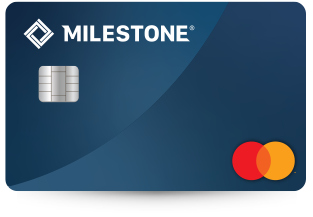
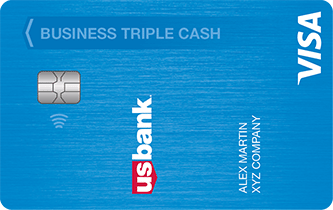

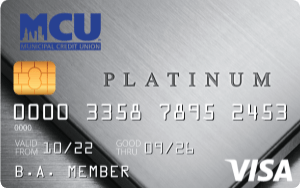
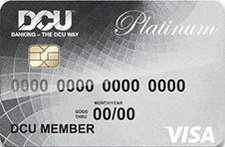
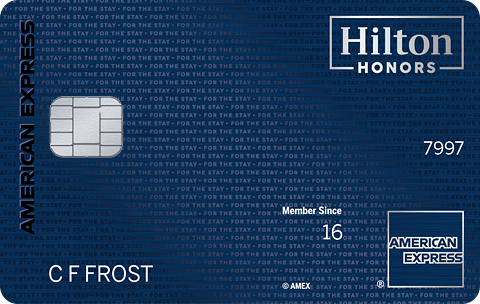
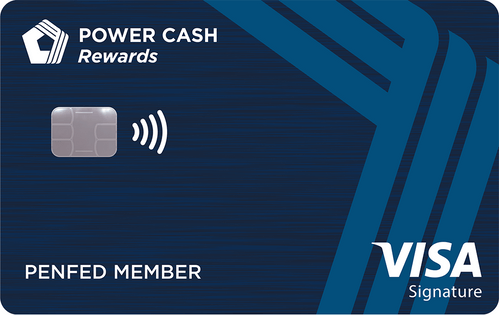


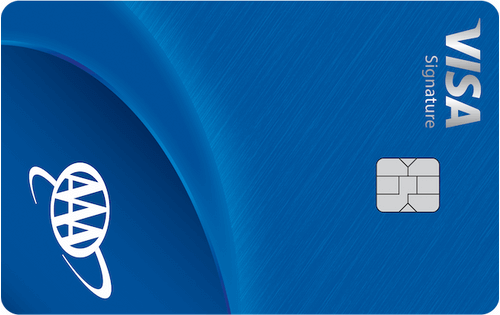
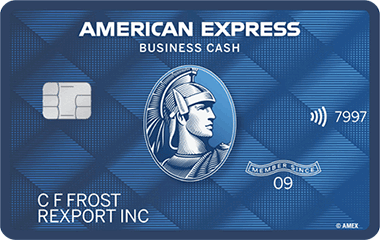
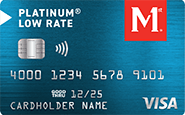
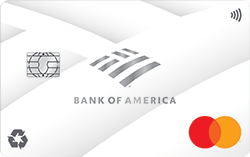


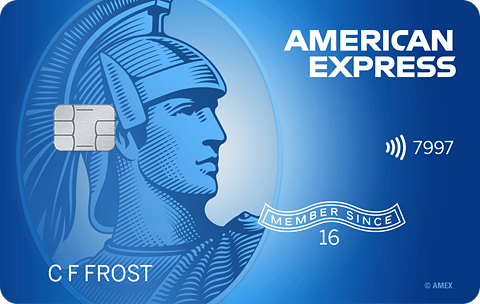
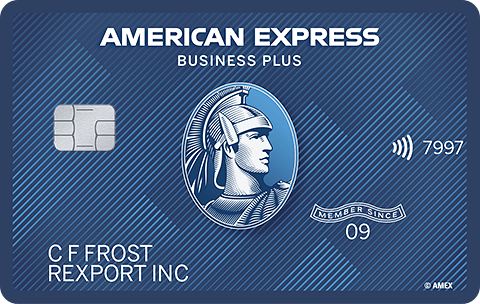



Total revolving limits 569520 (505320 reporting) FICO 8: EQ 689 TU 691 EX 682
- Mark as New
- Bookmark
- Subscribe
- Mute
- Subscribe to RSS Feed
- Permalink
- Report Inappropriate Content
Re: How does utilization affect scores, overall or per card?
@Anonymous wrote:
@Anonymous wrote:
Basically, does having a couple cards near limit but the rest near zero look the same as if the debt were more spread out but the same overall amount of utilization?
The quick answer is no. It would not be the same. FICO would punish you harshly for having credit cards that are close to being maxxed out.
(1) Your first priority should be getting all cards at < 87% (I am assuming you will have to be a few percent in interest as well).
(2) Next priority (if the score is your chief concern) is getting all cards at < 67%.
(3) After that it would be all cards at < 48%.
(4) After that creating as many $0 balances as you can.
PS. Nice response by Joel.
PPS. Some people would argue that #3 and #4 could be switched.
Thats interesting. I always thought the cutoff points were 67%, 30%, and 10%


- Mark as New
- Bookmark
- Subscribe
- Mute
- Subscribe to RSS Feed
- Permalink
- Report Inappropriate Content
Re: How does utilization affect scores, overall or per card?
The cutoff points are 88.99%, 68.99%, 48.99%, and 28.99% for individual U, and the same for total U with the additional breakpoint of 8.99%.
In practice, however, when we tell a person to bring a card to under 88.99%, he inevitably brings it to a dollar under 88.99%, and then the interest he gets charged for the month brings it to over that breakpoint. This is why I wrote:
(1) Your first priority should be getting all cards at < 87% (I am assuming you will have to pay a few percent in interest as well).
If he brings it to 87% and then gets charged a bunch of interest, it will likely still be < 88.99%
- Mark as New
- Bookmark
- Subscribe
- Mute
- Subscribe to RSS Feed
- Permalink
- Report Inappropriate Content
Re: How does utilization affect scores, overall or per card?
You'll frequently hear "under 30%" or "under 10%." Because FICO rounds all fractions up, "under 30%" means 28.9% or below, and "under 10%" means 8.9% or below.
29.00000001% will round up to 30%, and 9.00000001% will round up to 10%. That means that you'll no longer be under those thresholds.
- Mark as New
- Bookmark
- Subscribe
- Mute
- Subscribe to RSS Feed
- Permalink
- Report Inappropriate Content
Re: How does utilization affect scores, overall or per card?
One thing I'd suggest doing is looking up each one of your cards and calculate what your various breakpoints, particularly 8.9% and 28.9%, are for each card, and then add up your total revolving credit and see what the various breakpoints are, and write them down. I do that myself, so that I know how much I can have (including interest - always stay aware of that) running on any given card as well as over all my cards to stay under a certain breakpoint.
- Mark as New
- Bookmark
- Subscribe
- Mute
- Subscribe to RSS Feed
- Permalink
- Report Inappropriate Content
Re: How does utilization affect scores, overall or per card?
This post answered all my questions. Thanks
@Anonymous wrote:
@Anonymous wrote:
Basically, does having a couple cards near limit but the rest near zero look the same as if the debt were more spread out but the same overall amount of utilization?
The quick answer is no. It would not be the same. FICO would punish you harshly for having credit cards that are close to being maxxed out.
(1) Your first priority should be getting all cards at < 87% (I am assuming you will have to be a few percent in interest as well).
(2) Next priority (if the score is your chief concern) is getting all cards at < 67%.
(3) After that it would be all cards at < 48%.
(4) After that creating as many $0 balances as you can.
PS. Nice response by Joel.
PPS. Some people would argue that #3 and #4 could be switched.
This post answered all my questions. Thanks so much!
- Mark as New
- Bookmark
- Subscribe
- Mute
- Subscribe to RSS Feed
- Permalink
- Report Inappropriate Content
Re: How does utilization affect scores, overall or per card?
Hi:
It is important to note that you can request credit line increases on your cards to knock down your utilization down as well!
Best,
JB